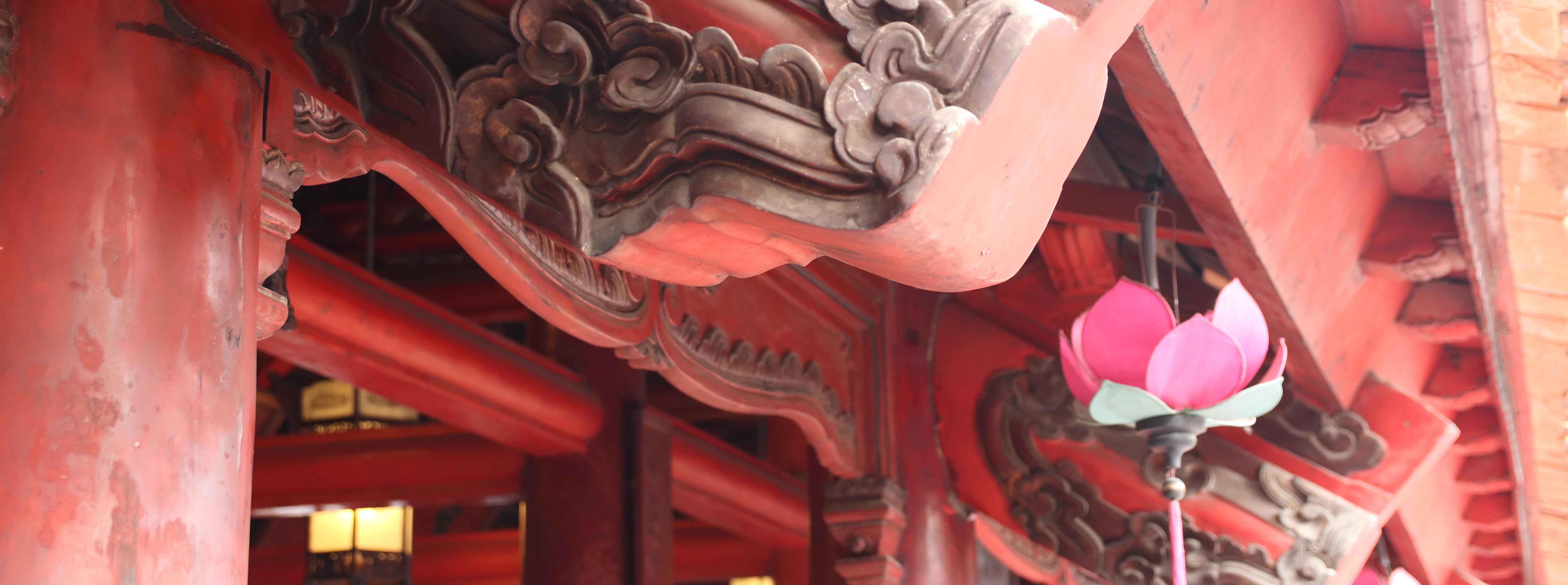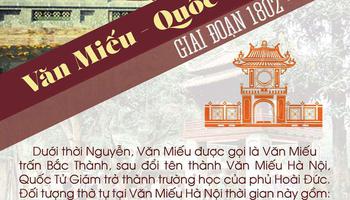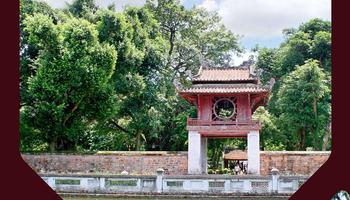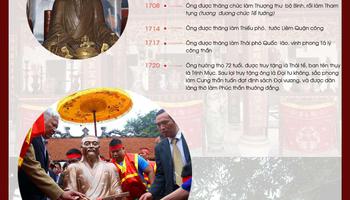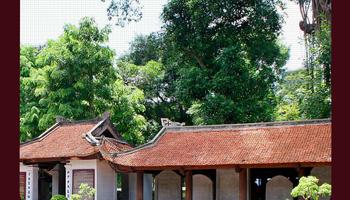THE TEACHERS OF QUỐC TỬ GIÁM OVER TIME DISPLAY AT QUỐC TỬ GIÁM - THE FIRST NATIONAL UNIVERSITY
The exhibition at Quốc Tử Giám - the first national school located at Văn Miếu – Quốc Tử Giám, reconstructs the history of the formation and development of Quốc Tử Giám through various dynasties. The exhibit includes an introduction to the public about the teachers of Quốc Tử Giám.
The materials and artifacts on display demonstrate that throughout more than 700 years of operation, from the Lý and Trần dynasties to the end of the Lê dynasty, Quốc Tử Giám always adhered to the goal of training intellectuals who were both virtuous and talented to serve the nation. The individuals responsible for overseeing teaching and learning at Quốc Tử Giám were those of high moral standing and respected authority.
During the Lý dynasty, when Quốc Tử Giám was first established in 1076, there are no official historical records of the teachers of this important institution.
In the Trần dynasty, in the 4th year of Thiên Ứng Chính Bình (1235) under Trần Thái Tông, Phạm Ứng Thần was appointed as Minister and Head of Quốc Tử Viện with the title of Đề điệu. This makes Đề điệu the first documented official title of Quốc Tử Giám. In the 3rd year of Nguyên Phong under Trần Thái Tông (1253), a decree was issued for scholars nationwide to come to Quốc Tử Viện to lecture on the Five Classics and the Four Books. By this time, the teaching officials at Quốc Tử Giám were highly educated individuals knowledgeable in classical texts. In 1272, Emperor Trần Thánh Tông issued a decree to seek out talented, virtuous individuals well-versed in classical texts to serve as Tư nghiệp (head master) at Quốc Tử Giám, and to find individuals capable of explaining the meanings of the Four Books and Five Classics to assist the emperor in reading. Thus, by 1272, the leading study official at Quốc Tử Giám was Tư nghiệp, described as a person of talent, virtue, and understanding of classical texts. During the Trần dynasty, there was also the position of Quốc Tử Giám Trợ giáo, such as Đoàn Xuân Lôi, who served as Trợ giáo under Trần Thuận Tông, and Nguyễn Siêu who held the same position in 1449 during the Lê dynasty.
During the Hồ dynasty (1400-1407), the leading position at Quốc Tử Giám remained that of Tư nghiệp. Nguyễn Phi Khanh from Nhị Khê, Quốc Oai, Sơn Nam thượng province, held this position under the Hồ dynasty.
During the 14 years of Ming occupation, Quốc Tử Giám continued to exist and function but was not recorded in official histories.
From the early Lê dynasty, the court selected a large team of study officials to meet the teaching requirements at Quốc Tử Giám. In the first year of Thiệu Bình (1434) under Lê Thái Tông, the position of Tế tửu, the head of Văn Miếu - Quốc Tử Giám, was established. Those appointed as Tế tửu were all distinguished scholars. Following Tế tửu were Tư nghiệp and a team of study officials including Giáo thụ and Trợ giáo. In 1467, the position of Ngũ Kinh Bác sĩ was established, with each person specializing in one of the classics to teach students. These officials were highly knowledgeable Confucian scholars and high-ranking officials, such as Tế tửu Quốc Tử Giám Nguyễn Trực and Nguyễn Như Đổ; Tư nghiệp Quốc Tử Giám Ngô Sỹ Liên and Nguyễn Văn Chính; Giáo thụ Nguyễn Thiên Túng; and Quốc Tử Giám Bác sĩ Phan Phu Tiên.
During the Mạc dynasty, the position of study officials at Quốc Tử Giám followed the same structure as the early Lê dynasty. Notable Tế tửu during this period included Nguyễn Doãn Địch and Nguyễn Hùng Đoán.
From the later Lê dynasty, particularly from the 14th year of Chính Hòa (1693) under Lê Hy Tông, the court stipulated that those appointed as Tế tửu and Tư nghiệp had to be distinguished scholars holding significant court responsibilities. Prominent Tế tửu and Tư nghiệp of this period included Phùng Khắc Khoan, Trương Công Giai, Nguyễn Bá Lân, and Nguyễn Nghiễm. These officials were not only educational administrators but also exemplary teachers and towering figures in the nation's culture.
The teachers of Quốc Tử Giám exemplified intelligence, talent, and moral integrity, making significant contributions to the nation's education system.
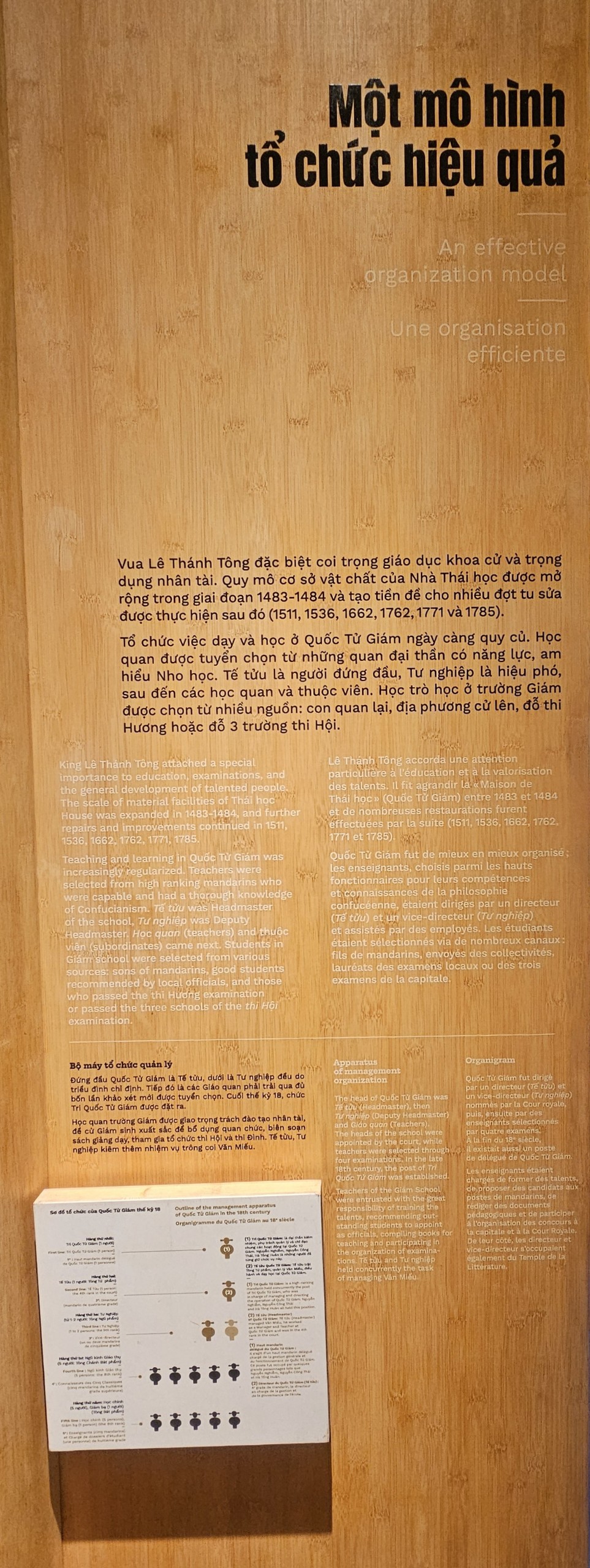
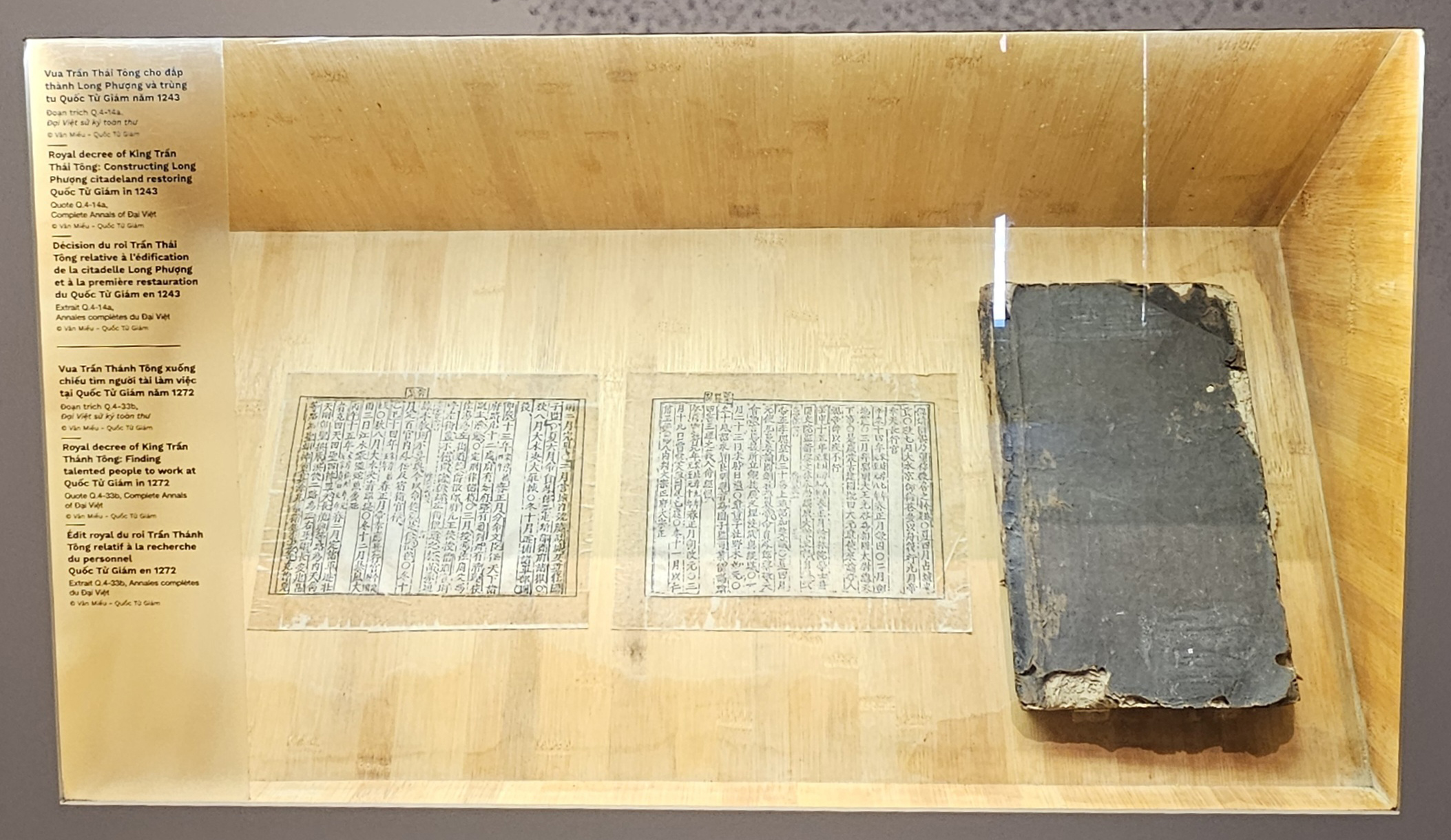
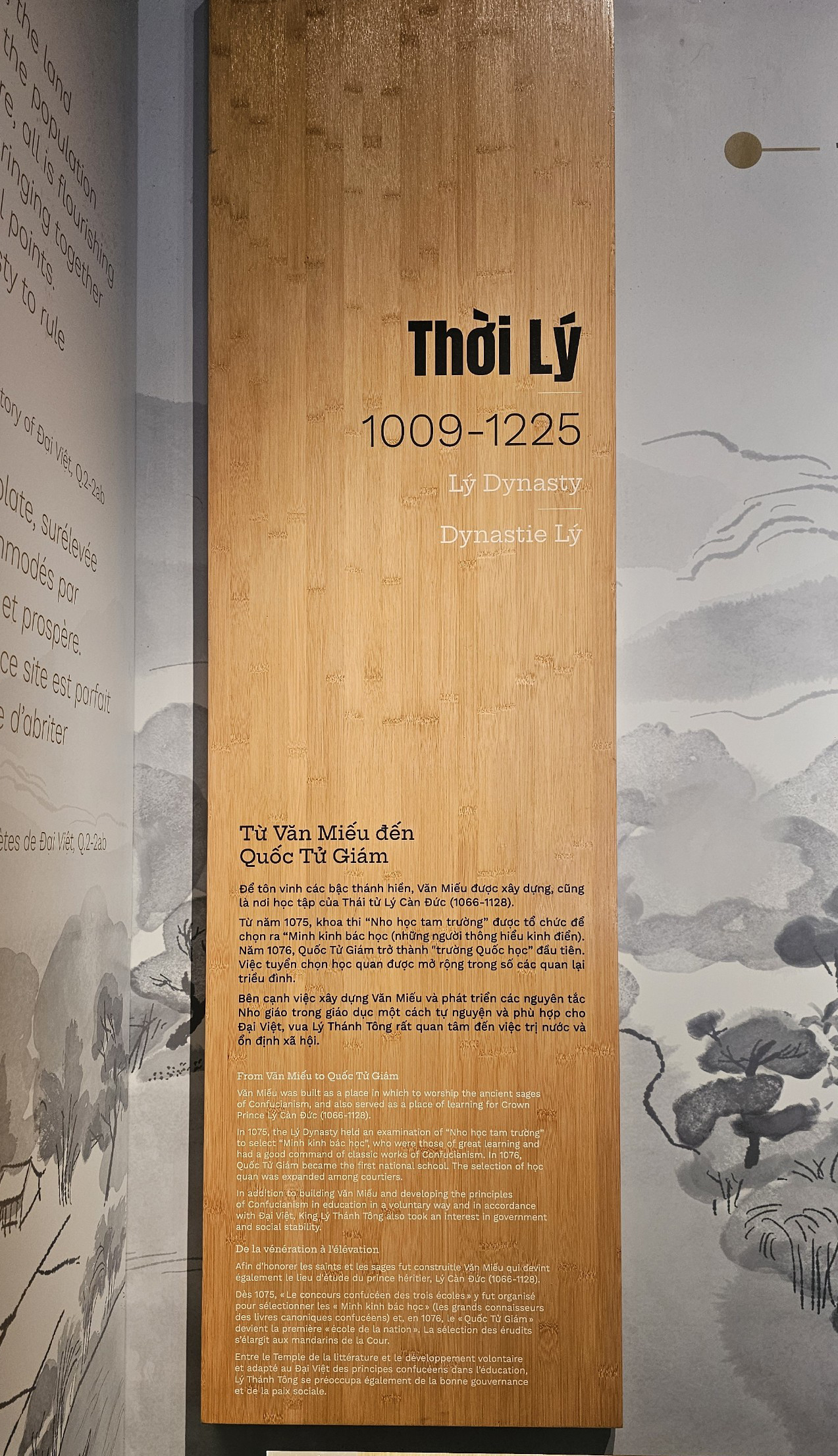
LH
